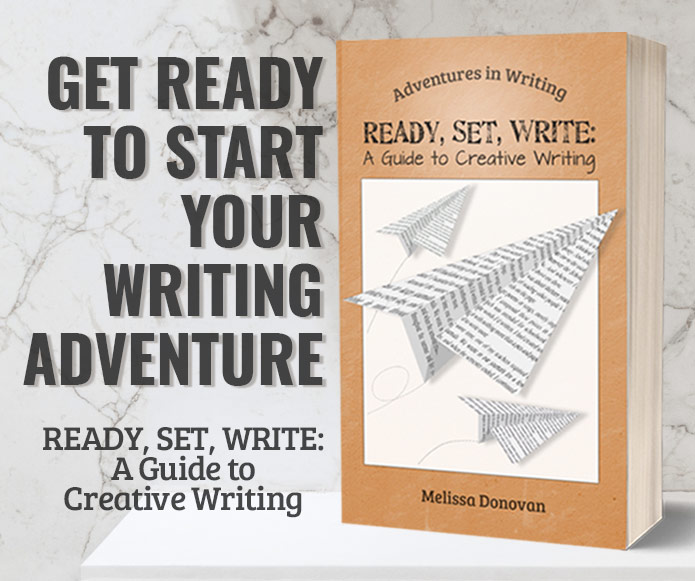Today’s storytelling exercise is an excerpt from my book, Story Drills: Fiction Writing Exercises, which helps beginning to intermediate storytellers develop skills in the craft of fiction writing. This exercise explores one of the most important elements of any story: the characters. It’s called “Character Analysis.” Enjoy!
Character Analysis
Characterization may be the single most important element of storytelling. The characters move the plot forward through their actions and dialogue. Readers connect emotionally and intellectually with a story by empathizing with, relating to, or even feeling a sense of opposition to the characters. It is often through sympathetic characters that readers come to care about what happens in a story.
Storytellers must understand what makes their characters tick. What motivates them? What do they want or need? What challenges are they facing? What choices are they forced to make? What are their failures and successes? What makes them interesting? Why should readers care about them?
Only through the act of studying and analyzing characters can we truly understand how they function within stories and how to best use them to tell our stories.
Study:
Choose a primary character from a story you’ve read recently (the best characters for this exercise will be complex). Then answer the following questions about the character you’ve chosen:
- What is the character’s situation at the beginning of the story, and what changes it (inciting incident)? How is the character’s situation different at the end of the story?
- Outline the character’s arc, noting major milestones for the character’s transformation.
- What is the character grappling with internally throughout the story?
- What conflict is the character facing, externally, throughout the story?
- What are the character’s ethics (or lack thereof)? Virtues and vices? Strengths and weaknesses?
- What choices does the character make? What are the consequences?
- What mistakes does the character make? What setbacks do they experience? Where do they succeed?
- What are the character’s key relationships within the story? Who guides the character? Who challenges them? Who provides support? Who stands in their way?
- How does the character transform internally? Do the character’s actions transform the story world?
- What lessons, messages, or ideas can be garnered from this character?
Practice:
Use the questions above to analyze one of the characters from a story you’ve written.
Questions:
Do you agree with many writers and readers that characterization is the most important element of storytelling? If not, what is more important, and why? How can studying characters from various stories help you craft better characters for your stories?






Thank you! I read your advice and use it, as i am in a intense writing period.
You’re welcome, Christina!
Hi Melissa,
This is very helpful. I’m truly beginning to understand the main character in my script.
What do you mean by ‘transform the story world’ in question 10?
The classic example of characters transforming the story would would be saving it from destruction. The characters’ actions have a meaningful impact on the world (or people) around them that results in some kind of meaningful change. This doesn’t always happen, nor is it an indicator of a good or bad story. One example would be Robin Hood helping the people of Sherwood Forest. Another would be Atticus Finch’s (To Kill a Mockingbird) impact on his small town. In many stories, the characters (especially the protagonist) undergo a fundamental transformation, and in some of these stories, the transformation extends beyond the character(s) to other people.
Whether characterization is the most important part of a story can depend on the story itself. I have read articles about the plot being the most important element and others making a good case for characterization. My conclusion is that sometimes it’s one, sometimes it’s the other. It depends on what kind of a story you are writing and your ultimate goal. My personal view is that characterization always adds depth to any story, but at the same time it’s possible to have a great story where plot is the most important element and the characters are just along for the ride. Thank you for posting this informative article! I have added it to my growing collection of articles on how to write well, and I will be using your list often.
Great points, JF. Personally, I like a good balance of character and plot.
Yes, there must be a balance. A charater without a good plot isn’t as interesting as with one. And as you say, characters and plot should balance each other.
Yes, and characters with good, strong arcs are ideal!